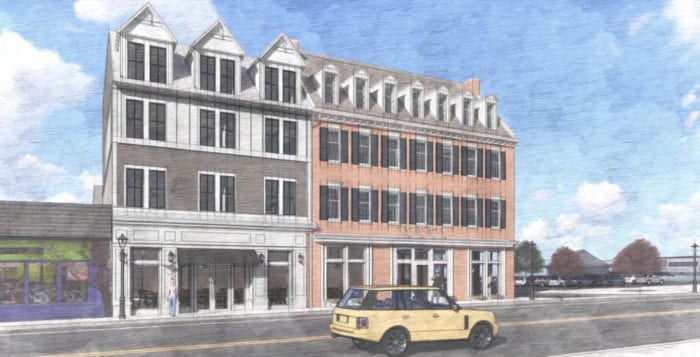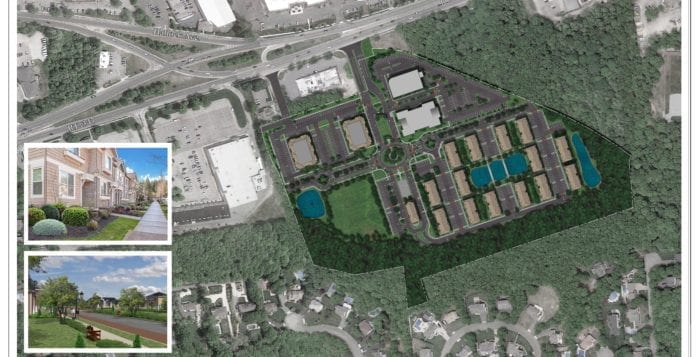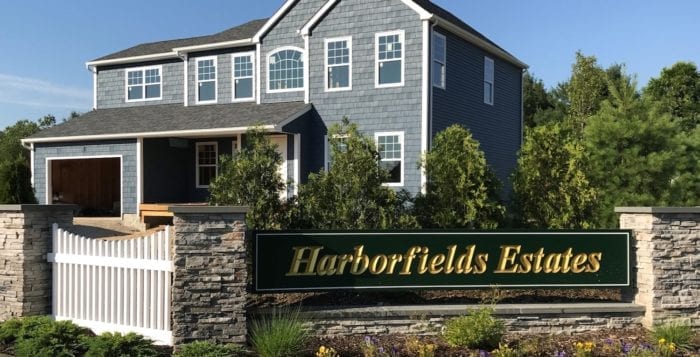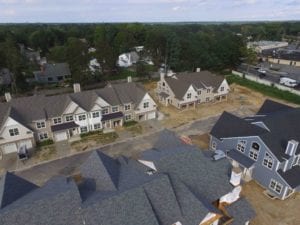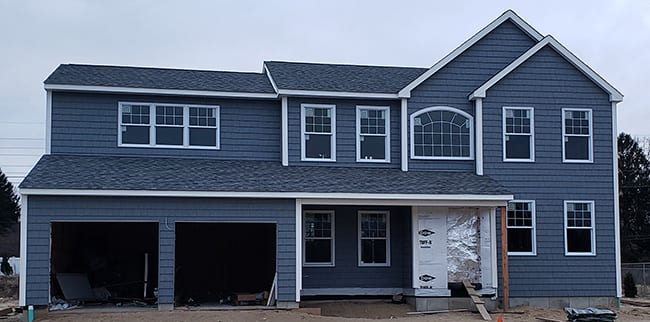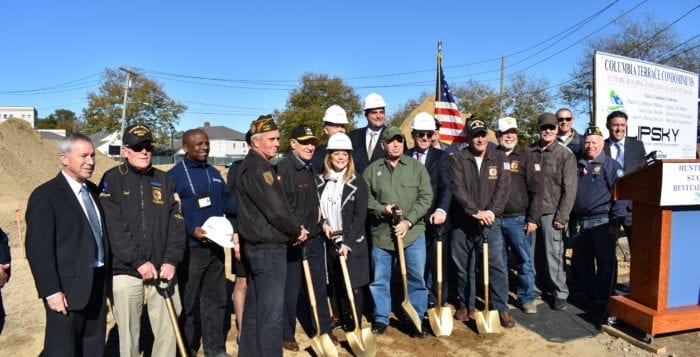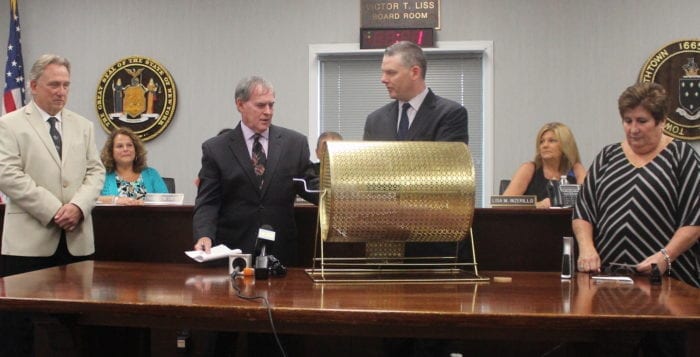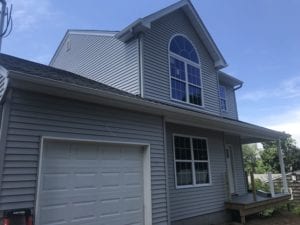The eponymous Uptown Funk project in the upper portion of Port Jefferson village may soon be coming to a head.
Plans are under review at the Port Jefferson planning department for a new affordable apartment complex in the property known locally as Bada Bing for the now decrepit cafe that once occupied the site.
“This is 100 percent attainable housing,” said Port Jeff Mayor Margot Garant.
Site details include it as a four-story project with 60 one-bedroom apartments. The site will also include 4,500 square feet of retail located directly adjacent to the Long Island Rail Road train station. Project notes said the site will be located in the Comsewogue School District.

The $4 million property development is being led by Upper Port Jefferson Village LLC, owned by Parviz Farahzad of East Setauket-based Little Rock Construction, which was in charge of building the retail complex across from the train station in Stony Brook. The developer is partnered with Conifer Realty LLC, a real estate development firm with projects across New York State and south into Maryland. Recently Conifer was at the head of the Peconic Crossing development in Riverhead, a development of 45 apartments giving preference to artists.
“We think Conifer is such a well-known name — they’ve done so many projects on Long Island and New York State that they’re a real credible partner at the table,” Garant said.
This project also includes plans for an underground parking garage incorporating 60 spaces, and the developer will need to pay a Payment in Lieu of Parking fee for all the spaces that would be required for retail, according to Port Jeff planning department documents.
Alison LaPointe, the special village attorney for building and planning, said Conifer has already submitted a formal site plan application for the development, and the planning board awaits amended plans from the applicant before continuing the environmental review process and to schedule public hearings.
All future plans for uptown port now depend on when the developers starts to put shovels in the ground. Uptown Funk was meant to be completed in three stages: the first being the Texaco Avenue parking lot, the next being the Metropolitan Transportation Authority parking lot, and the last being the creation of Station Street running just north of that train station lot.
This year the MTA has finished construction of the new parking lot at the Port Jefferson train station as part of a growing effort to modernize the more than century-old terminal.
In an update to its website, the MTA said the parking lot has been repaved and was officially open for use as of Jan. 9. The new parking lot includes new repainted lines that Port Jefferson village officials said were widened from before. Garant had said those old lines were too narrow for some vehicles. The end product means there are less spaces than there were previously.
“This is 100 percent attainable housing.”
— Margot Garant
This work was all part of the ongoing Uptown Funk project aiming to revitalize the upper port area. In 2017 the village was awarded $250,000 in jumpstart money to start plans on the project, and the village also applied for a grant from the Empire State Development Corporation, a state entity, for $500,000. Texaco Avenue parking lot, at 85 spaces, was planned to cost $850,000 when it started in May 2018. The village needed to wait until construction was finished on the LIRR parking lot, phase two of the project, before working on Station Street. The village has to wait until Conifer demolishes the Bada Bing site before starting construction on that new road.
The site construction includes a 10-foot setback on the property for the village to come in and develop Station Street, which will pass by the LIRR parking lot on the north end and connect to Oakland Avenue.
Conifer is currently seeking approval for attainable housing partnership funding from New York State, according to Garant. She added the process for getting uptown revitalized has been long, from getting the state grant funding to finding developers willing to craft new spaces acceptable to the vision village officials have for the uptown area.
“I really have good feelings about what’s going to start happening up there, but it’s like pushing a boulder up a hill,” the villagemayor said.

